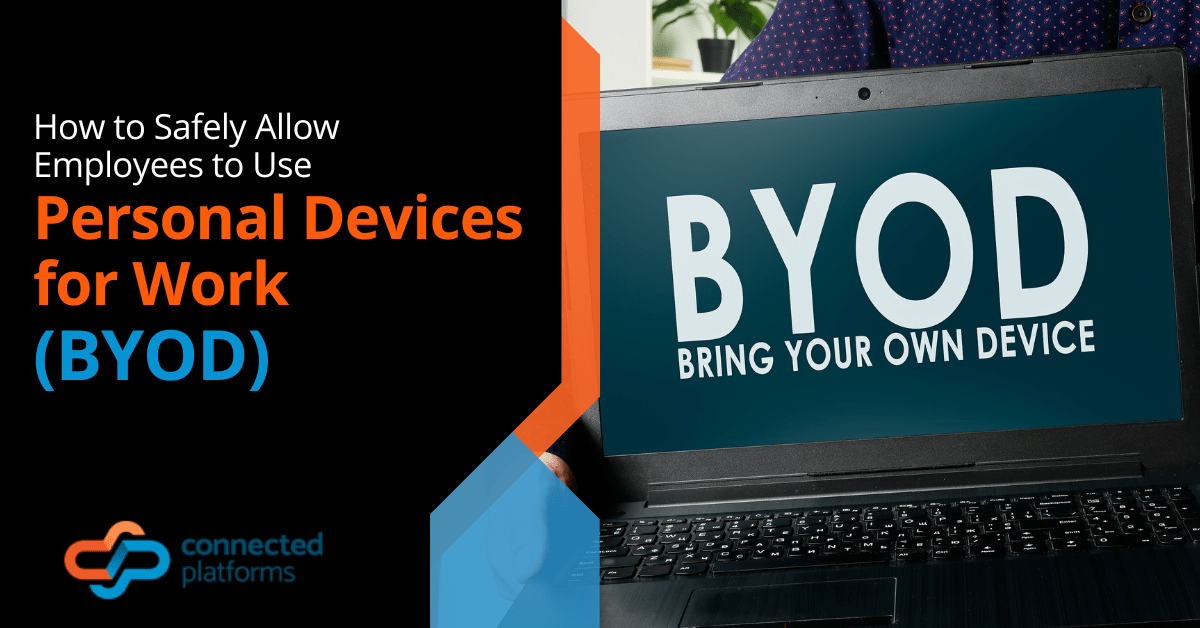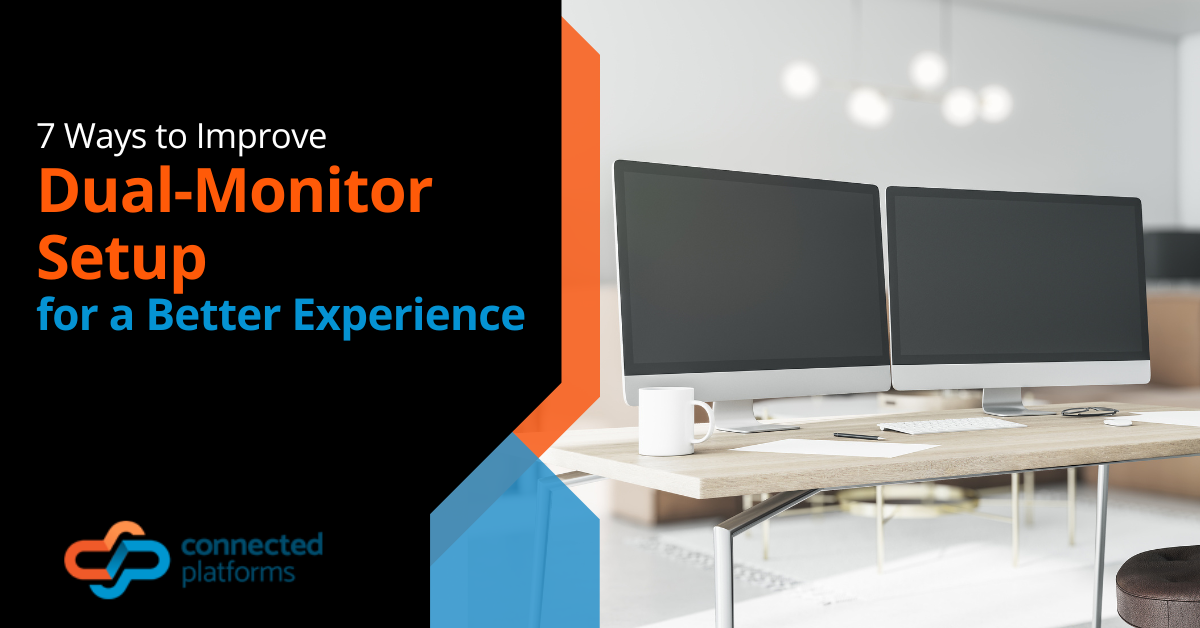Bring your own device (BYOD) policies are becoming more common across Australian workplaces. It’s easy to see why. Enabling employees to use their own mobile devices at work has a host of benefits, including improved employee satisfaction, elevated productivity and cost savings for the business.
However, for all these plus points, BYOD comes with one glaring downside that needs to be carefully managed: cyber security risk. Research shows that data loss is the top concern for IT professionals where BYOD is enabled.
Below, we’ll explore what BYOD is, the challenges of implementing it and how you can securely implement BYOD in your organization.
What is BYOD?
BYOD refers to the practice of allowing employees to use their personal devices for work purposes. People commonly think of smartphones in relation to BYOD, but laptops, desktop computers and tablets also count.
BYOD aims to improve the employee experience and enhance workplace productivity. It’s long been common in small businesses and startups, and in instances where organizations use contractors.
During the pandemic and move to remote work, BYOD usage also soared. This practice is now firmly a part of workplace cultures all over the globe.
But, should it be?
Challenges Of Using Personal Devices For Work
The flexibility of enabling BYOD needs to be compared with the risks that arise from allowing employees to work from potentially unmanaged devices. Here are the risks you need to be aware of:
Shadow IT
Shadow IT refers to the practice of employees accessing, altering and using company data without the IT team’s knowledge. While company devices are carefully monitored by enterprise software, BYOD doesn’t fall under this bracket, unless you make use of specialist solutions for BYOD.
Data Loss
If your employee’s device is lost or stolen, this could lead to a huge data breach, putting your company at risk of compliance fines and reputational damage.
Guidelines for secure BYOD in the Workplace
Data loss and shadow IT aren’t to be taken lightly but the good news is that there are ways to manage these risks and implement BYOD in a secure manner.
Here are guidelines to consider:
Develop a BYOD Policy
BYOD isn’t simply a case of telling your employees to work from their own devices. You need to construct well-thought out policies that consider applications, user privileges and security controls.
You’ll also need to think about how you will ensure your employees’ privacy as they use BYOD. For example, some organizations opt for mobile device management (MDM) solutions to track employee activity in BYOD. However, some employees worry that these solutions are too invasive. You’ll therefore need to think about how you will segregate personal data from business applications and information.
Track BYOD Usage
Whatever solution you choose for BYOD, make sure you use it to its full potential. Ideally, you’ll deploy a solution that protects corporate data on these endpoints, even if they are lost or stolen. Many BYOD security solutions feature remote wiping functionality, for example, which allows you to delete corporate data on a lost device from a central interface.
Educate the Workforce
Your employees’ actions will hugely impact the success of BYOD. If they are careless about security, you’re more likely to suffer a breach. To that end, you should host regularly training sessions to educate your employees on secure BYOD practices.
Consider including the following:
- Educate employees on the risks of shadow IT
- Encourage employees to report lost or stolen devices
- Share information about BYOD policies and software
- Ensure employees know their privacy is value and that they are trusted to use BYOD
Outsource Your It Function To Monitor Byod
Many organizations don’t have the internal IT resources or budget to monitor BYOD as stringent as they should. Clients often come to us confused about which BYOD security to choose and worried about the security of their data.
If this sounds like you, then consider outsourcing your IT function. A respected IT provider like us can help you to reap the rewards of BYOD while improving your cybersecurity.
We help you to carefully balance the employee experience with data security and privacy. When you work with us, we’ll provide:
- 24/7 device management and real-time troubleshooting for any issues your employees face
- The best MDM solution for your business’ unique requirements, managed by us
- Multiple layers of security to protect data on BYOD while encouraging effective employee collaboration
- Tools to mitigate the risks associated with lost or stolen devices, so your data is never at risk
Improve Device Security with Guidance from Connected Platforms
Safeguarding your mobile device is not an easy effort, but it should be your top priority. Because your device might be stolen or lost, it’s critical to be vigilant of any strange activity.
At Connected Platforms, we will work to develop a custom recovery plan to ensure your data is not misused or lost in the event of a device being stolen or lost. To know more about our services, contact us today.




